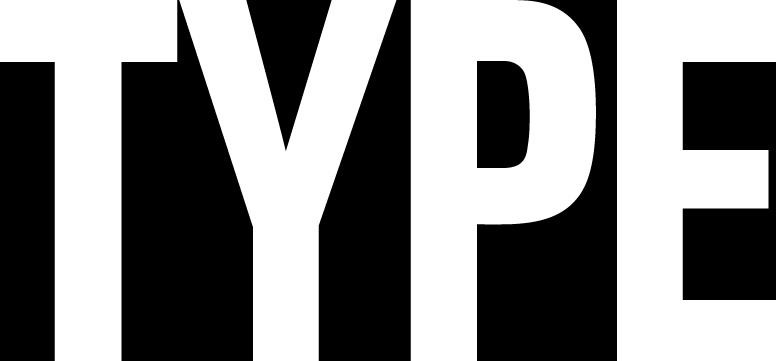Coca-Cola's new typeface divides critics
Coca-Cola controversy usually surrounds ingredients; this week, the conversation turns to type.
Just two years ago, Coca-Cola revealed its One Brand strategy: a plan to unite its myriad sub-brands into one, ubiquitous design system. The result deployed Coca-Cola’s classic white script atop an ever-present red circle. Following the lead of companies like IBM, Samsung, Youtube, Airbnb, and Nokia, the sugary-drink-maker kicked off 2018 by expanding its design language with the launch of a bespoke typeface, TCCC Unity.
Brody's 2015 Coca-Cola work.
To design the 131-year-old company’s new typeface, Coke’s VP of Global Design, James Sommerville, turned to Neville Brody. Entering the design spotlight in the 80s and 90s with his designs for The Face and FUSE, Brody has quietly amassed a type design portfolio ranging in style from the chunky FF Meta Plus to the evocative FF Tokyo. In 2015, his firm, Brody Associates, released two typefaces—Chadwick and Horseferry—for BBC’s Channel 4. That same year, Brody participated in a project to “reimagine [Coca-Cola’s] vintage bottle with new imagery, type, and iconography.” His work clearly stuck with the beverage behemoth.
TCCC Unity's styles and weights
Designing TCCC (standing for The Coca-Cola Company) Unity challenged Brody “to understand just how far we could build personality and human quirk into a highly functional font design, a mechanism with surprise.” To accomplish this, Brody and his design team—composed primarily of Luke Prowse, Phil Rodgers, Chris Nott, Jack Llewellyn, Josh Saunders, and Joe Dick—spent days in Coca-Cola’s archive, “investigating thousands of heritage items […] to piece together a tangible Coco-Cola typographic reference toolbox.”
This research provided the Brody Associates’ team with the inspiration for Unity: “the Coca-Cola history somehow reflected that of America itself. In 130 years, we saw the progression from Victoriana, with its decorative swirls and local engraving-based expertise, to a kind of Modernist Americana.” The result, according to Sommerville, features “Geometric flair and circularity drawn from the archive form the basis of the Latin script; a large x height ensures it works in physical and digital environments.”
Specimen-style graphics posted by Brody Associates to Twitter describe the typeface as possessing some high-brow design choices: “Sliced /t/ evokes the Coca-Cola hyphen[,] tear drop counter follows the language of brand and liquid[, and] characters have been design with a distinct left-to-right reading flow.” Brody says he’s “proud of the outcome,” and Coco-Cola seems more than pleased to finally have its own typeface. But popular opinion varies. . . widely.
While most have approached the typeface with admiration or ambivalence, some have expressed dread concern over the typeface. Typographica compared TCCC Unity’s description to that of Stephen and Kristy Chick’s Unity:
OH no Type Co’s musing on TCCC Unity might be the most popular of them all, with nearly 100 Retweets and 400 Likes:
Fast Co. Design’s Mark Wilson published choice words about the typeface in his article, Coke’s New Font is Design at its Worst:
Coca-Cola continues to operate under the mindset that its sinking soda ship is a brand problem rather than a product problem. It believes a green can of Coke will exude feelings of longevity, and that self-referential nostalgia will be enough to re-anchor it in the hearts of consumers, if presented again, and again, and again. These are the sentiments of VPs who don’t realize that the world has changed.
Most criticisms have focused on either the description of the typeface or Coca-Cola itself, rather than TCCC Unity’s design, and Brody remains confident in its long-term viability, saying that the multi-script, multi-weight sans serif typeface will “carry [Coca-Cola] forward for years to come.”
LINKS
- Neville Brody's interview with Print Mag
- Fast Co Design's article on TCCC Unity
- Brody Associate's website
- Coca-Cola Company's website
Become a TYPE Member
If you like this story and others posted here, join us!
TYPE is non-profit, supported by members, sponsors… and advertisers. Charter Membership is now only $29 in the US ($59 outside). Your contribution makes it possible to distribute the quarterly magazine, build a new web site, and plan events all over the world.











